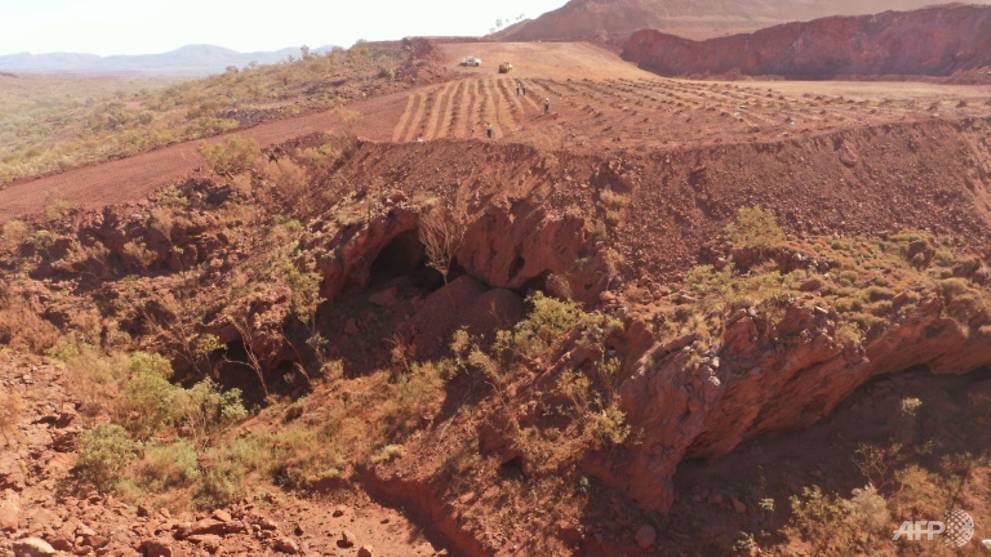
Rio Tinto admits damaging Australian Aboriginal heritage site
SYDNEY: Anglo-Australian mining giant Rio Tinto has admitted damaging ancient Aboriginal rock shelters in the remote Pilbara region - blasting near the 46,000-year-old heritage site to expand an iron ore mine.
Traditional owners said the culturally significant cave in Juukan Gorge, Western Australia - one of the earliest known sites occupied by Aboriginals in Australia - had been destroyed in a "devastating blow" to the community.
Explosives were detonated near the site on Sunday in line with state government approvals granted seven years ago, Rio Tinto said in a statement.
"In 2013, ministerial consent was granted to allow Rio Tinto to conduct activity at the Brockman 4 mine that would impact Juukan 1 and Juukan 2 rock shelters," the spokesperson said, adding the company had liaised with the Aboriginal community.
"Rio Tinto has worked constructively together with the PKKP people on a range of heritage matters under the agreement and has, where practicable, modified its operations to avoid heritage impacts and to protect places of cultural significance to the group."
Just one year after the blasting was approved, an archaeological dig at one of the shelters uncovered the oldest known example of bone tools in Australia - a sharpened kangaroo bone dating back 28,000 years - and a 4,000-year-old hair plait believed to have been worn as a belt.
DNA testing of the hair had shown a genetic link to the ancestors of indigenous people who still live in the area.
The 2014 excavations also found one of the oldest examples of a grinding stone ever found in Australia.

"There are less than a handful of known Aboriginal sites in Australia that are as old as this one", Puutu Kunti Kurrama Land Committee chair John Ashburton said, describing the site as one of the earliest-occupied locations nationally.
"Our people are deeply troubled and saddened by the destruction of these rock shelters and are grieving the loss of connection to our ancestors as well as our land.
The local Aboriginal corporation said traditional owners had first learned Rio Tinto planned to blast the gorge near the rock shelters on 15 May after requesting access to the site.
Attempts to negotiate with the mining company to stop the blast failed, the corporation said, and it received advice that the charges could not safely be removed or left undetonated.
"We recognise that Rio Tinto has complied with its legal obligations, but we are gravely concerned at the inflexibility of the regulatory system," Ashburton said.
"We are now working with Rio Tinto to safeguard the remaining rock shelters in the Juukan Gorge and ensure open communication between all stakeholders."
The Western Australia state government is currently reviewing the laws as part of a process that began in 2018.